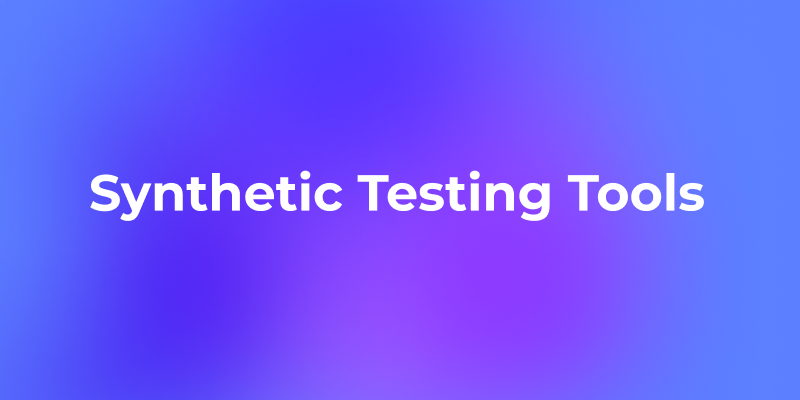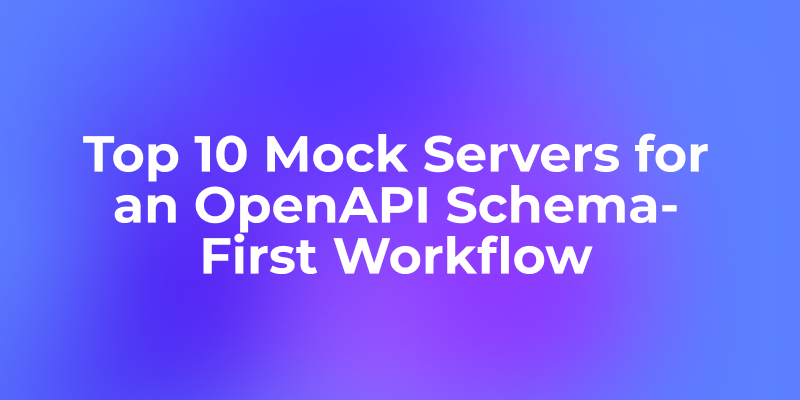When it comes to delivering flawless digital experiences, we can’t just wait for users to stumble upon issues and complain. In the rapidly evolving digital era, users expect fast, seamless, and error-free experiences every time they interact with a website or application. Achieving this level of reliability requires a proactive approach to performance and functionality monitoring. This is exactly where synthetic testing plays a crucial role.
Synthetic testing enables teams to simulate user interactions and monitor systems with your applications, websites, and APIs, helping you proactively catch problems before they ever impact your customers, helping identify problems early and maintain consistent performance around the clock. But with numerous synthetic testing tools available, how do you choose the best fit for your needs?
In this blog post, we will look at the top 10 synthetic testing tools that are leading the pack this year, offering powerful features to streamline monitoring and improve application reliability.
Want an integrated, All-in-One platform for your Developer Team to work together with maximum productivity?
Apidog delivers all your demands, and replaces Postman at a much more affordable price!
What is Synthetic Testing?
Synthetic testing, also known as synthetic monitoring, is a technique where you create scripted tests or automated tests that simulate real user interactions or interactions with your system at regular intervals. Unlike real user monitoring, which captures live user data, synthetic tests proactively check the availability, performance, and correctness of applications in a controlled and predictable way. Synthetic tests can cover entire user journeys, such as signing in, searching, checkout flows, and API calls, offering a heads-up before users are affected. Instead of waiting for actual users to report problems, synthetic tests continuously run in the background, checking:
- Website uptime and availability
- API performance
- Application responsiveness
- Critical user flows like login, checkout, and payment
In short, synthetic testing is like having a team of virtual users working around the clock, making sure everything stays up and running smoothly.
Why Synthetic Testing Is Vital
As digital services become more complex and distributed, it’s challenging to catch problems just by waiting for real users to report them. User expectations are higher than ever. Nobody waits for slow pages or buggy apps. If your app doesn’t load instantly, users move on. Add in the complexities of multi-cloud environments, APIs, and microservices, and monitoring gets tricky.
Synthetic testing ensures that:
- You detect problems before customers do.
- You can test performance from different geographies.
- You validate SLAs (service-level agreements).
- You simulate high-traffic scenarios without risking downtime.
- Faster diagnosis: Pinpoint bottlenecks early with detailed logging.
- Comprehensive coverage: Test APIs, UIs, and backend systems including third-party integrations.
In other words, synthetic testing helps you stay one step ahead.
Key Features to Look for in a Synthetic Testing Tool
Before choosing a tool, ask yourself:
- Does it support API and application testing?
- Can I monitor from multiple locations worldwide?
- Does it integrate with CI/CD pipelines?
- Can it simulate complex transactions like signups or purchases?
- Does it provide alerting and reporting?
With that in mind, let’s review the top 10 synthetic testing tools.
1. Apidog
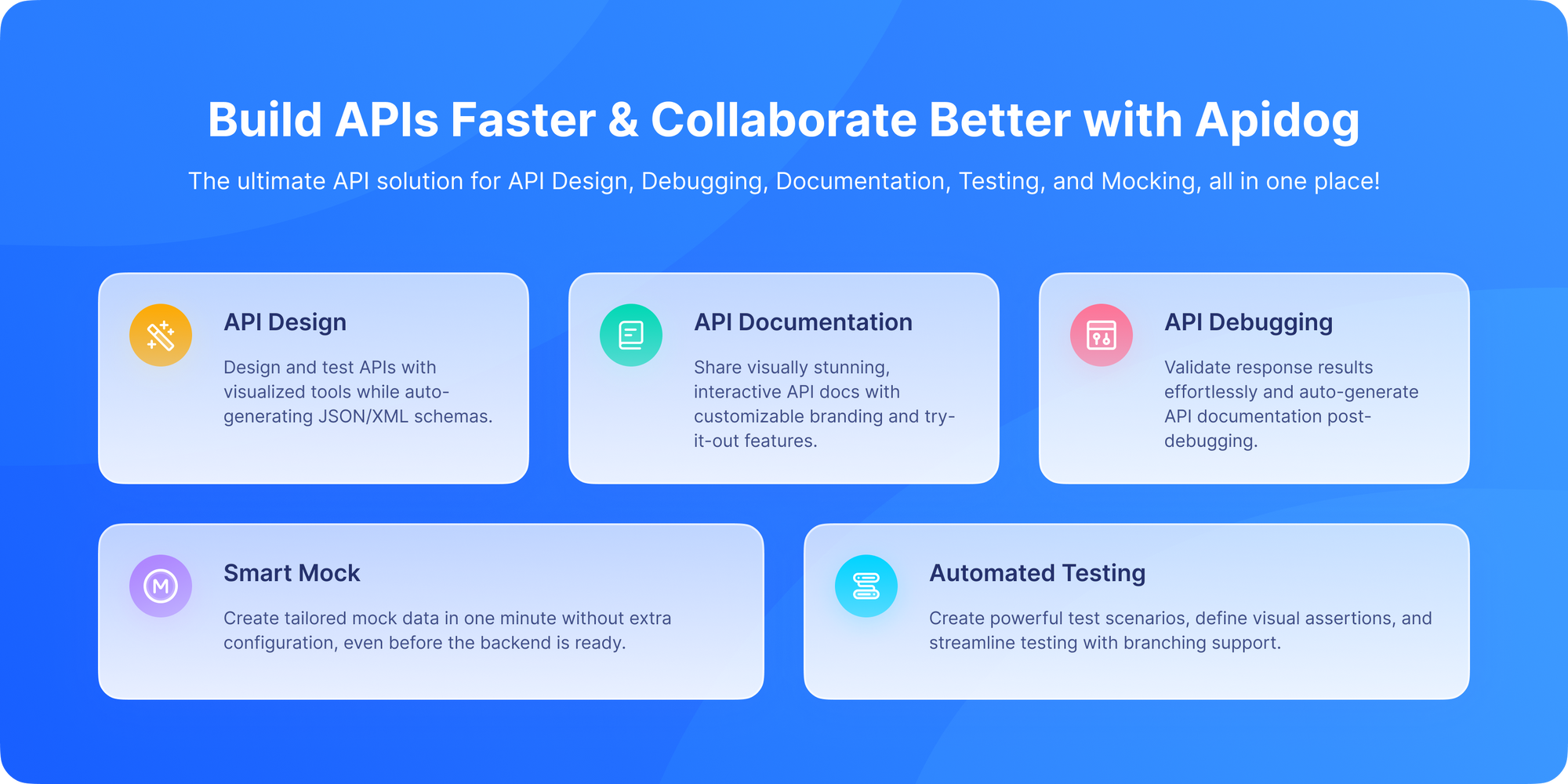
Though primarily known for comprehensive API lifecycle management, Apidog features powerful API testing and monitoring capabilities vital to synthetic testing strategies. Its no-code test design and automated execution features help teams simulate real-world API interactions continuously, ensuring early detection of issues impacting user experiences.
Why Apidog?
- Visual test scenario creation without scripting efforts.
- Mock servers for parallel frontend development.
- Real-time performance and error analytics.
- Collaborative platform for agile teams.
Best for: Teams who want to ensure APIs are always available and fast, alongside functional testing.
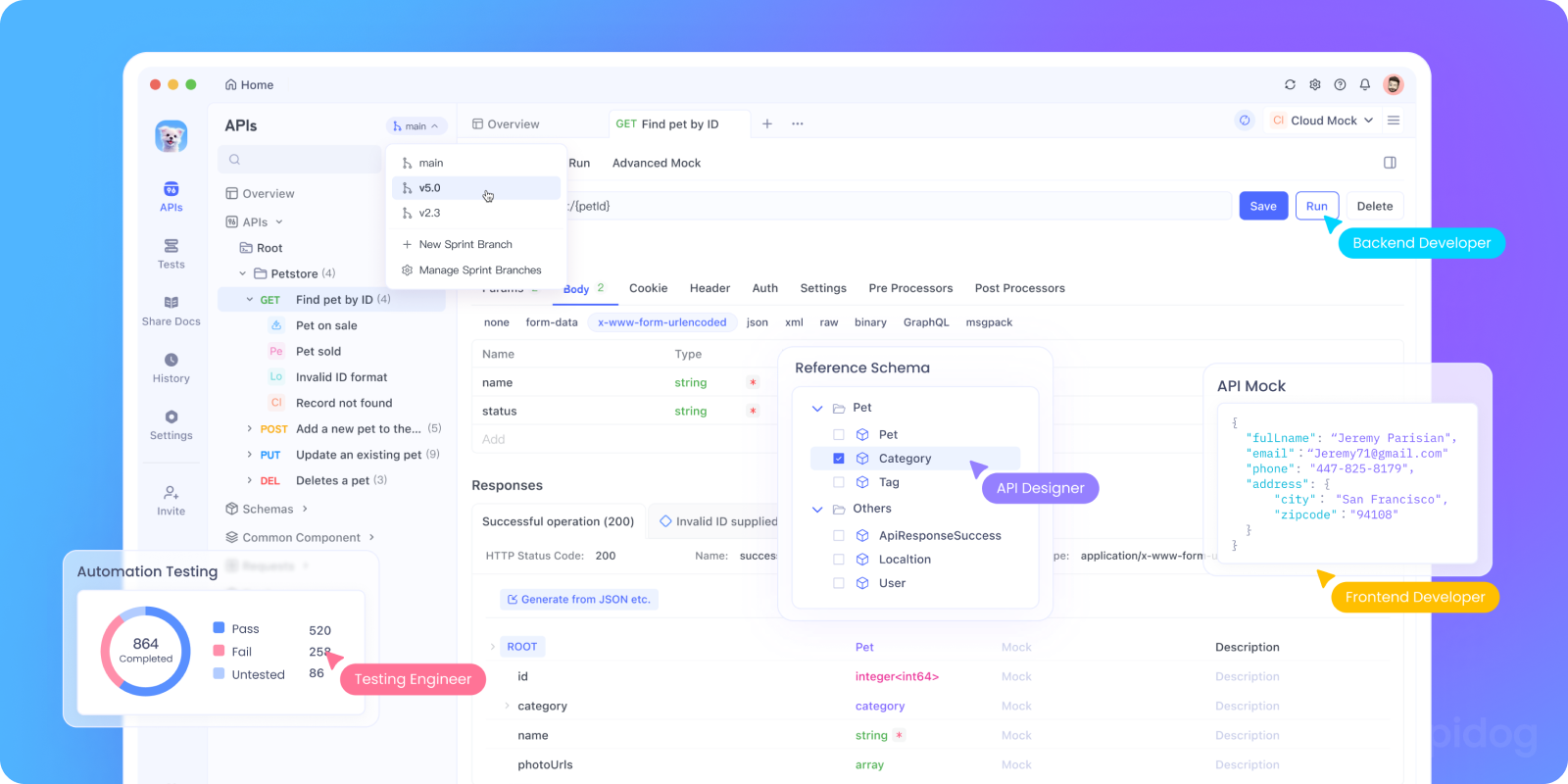
With Apidog, you’re not only testing performance, you’re future-proofing your API reliability.
2. Pingdom
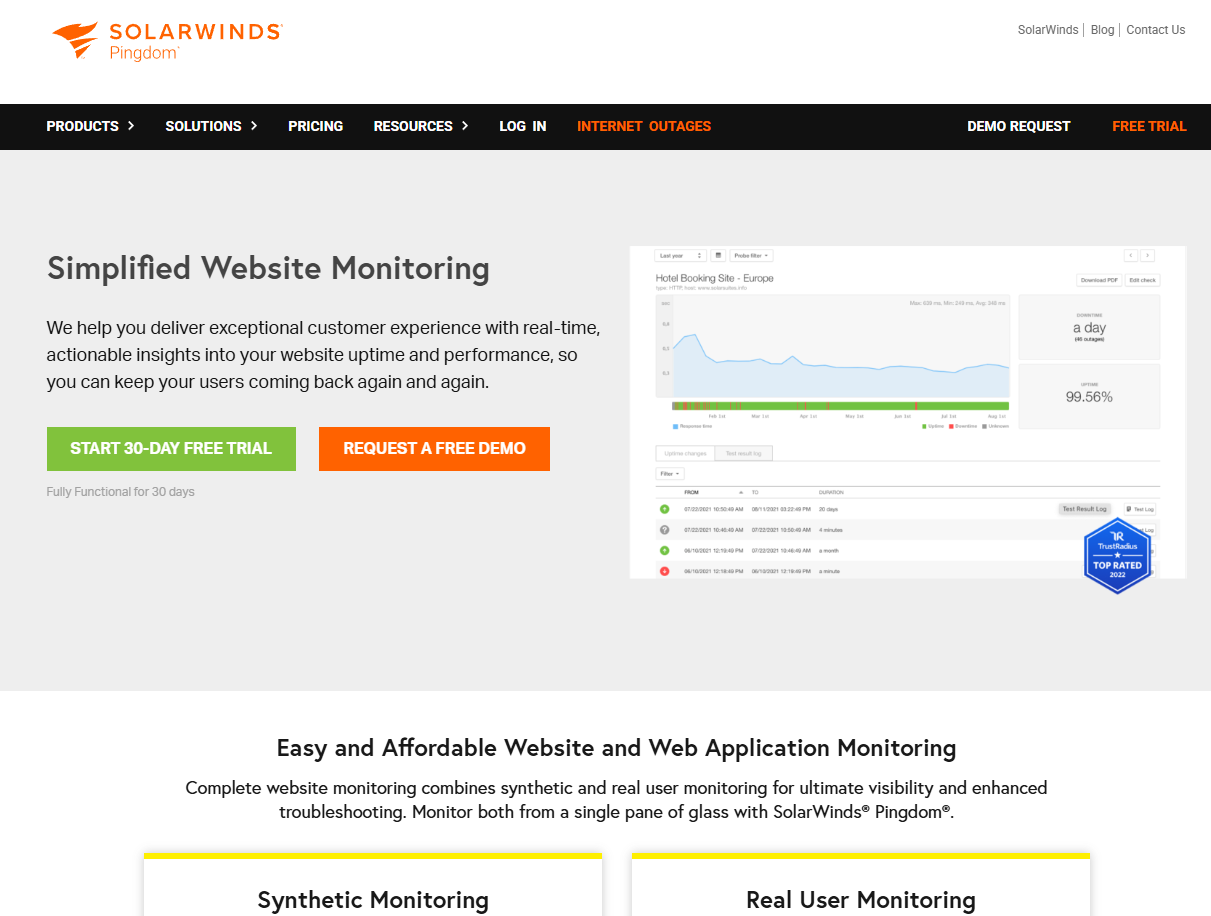
Part of the SolarWinds family, Pingdom is beloved for its simplicity. Pingdom is popular for its easy-to-use synthetic monitoring of websites and APIs. It offers uptime checks, transaction testing, and real-world performance data tracking.
Key Features:
- Global monitoring locations.
- Detailed alerting and root cause analysis.
- API and full-page load testing.
Why it’s great:
- Easy-to-use dashboards.
- Transaction monitoring for user flows.
- Alerts when downtime or slowdowns occur.
Best for: SMBs and mid-size companies looking for cost-effective monitoring.
3. Uptrends
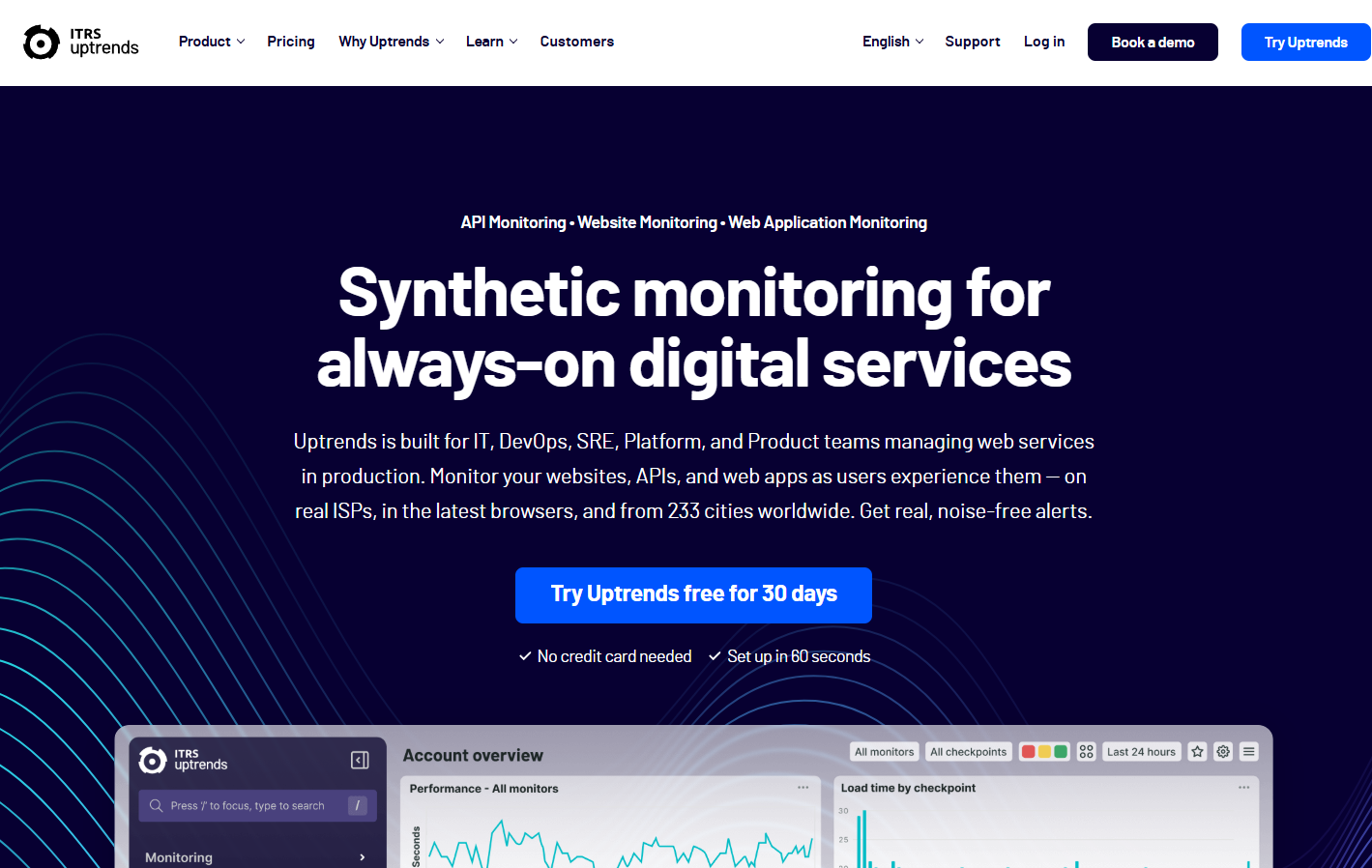
Uptrends provides synthetic web and API monitoring with great customization for various test types and alert conditions. Uptrends provides synthetic monitoring across multiple platforms.
Key Features:
- Multi-browser and multi-device synthetic tests.
- API status and API transaction monitoring.
- Comprehensive dashboards and reporting.
Why it’s great:
- Over 230 checkpoints worldwide.
- API monitoring support.
- Waterfall reports for deep performance insights.
Best for: Teams that want detailed performance breakdowns
4. New Relic Synthetics
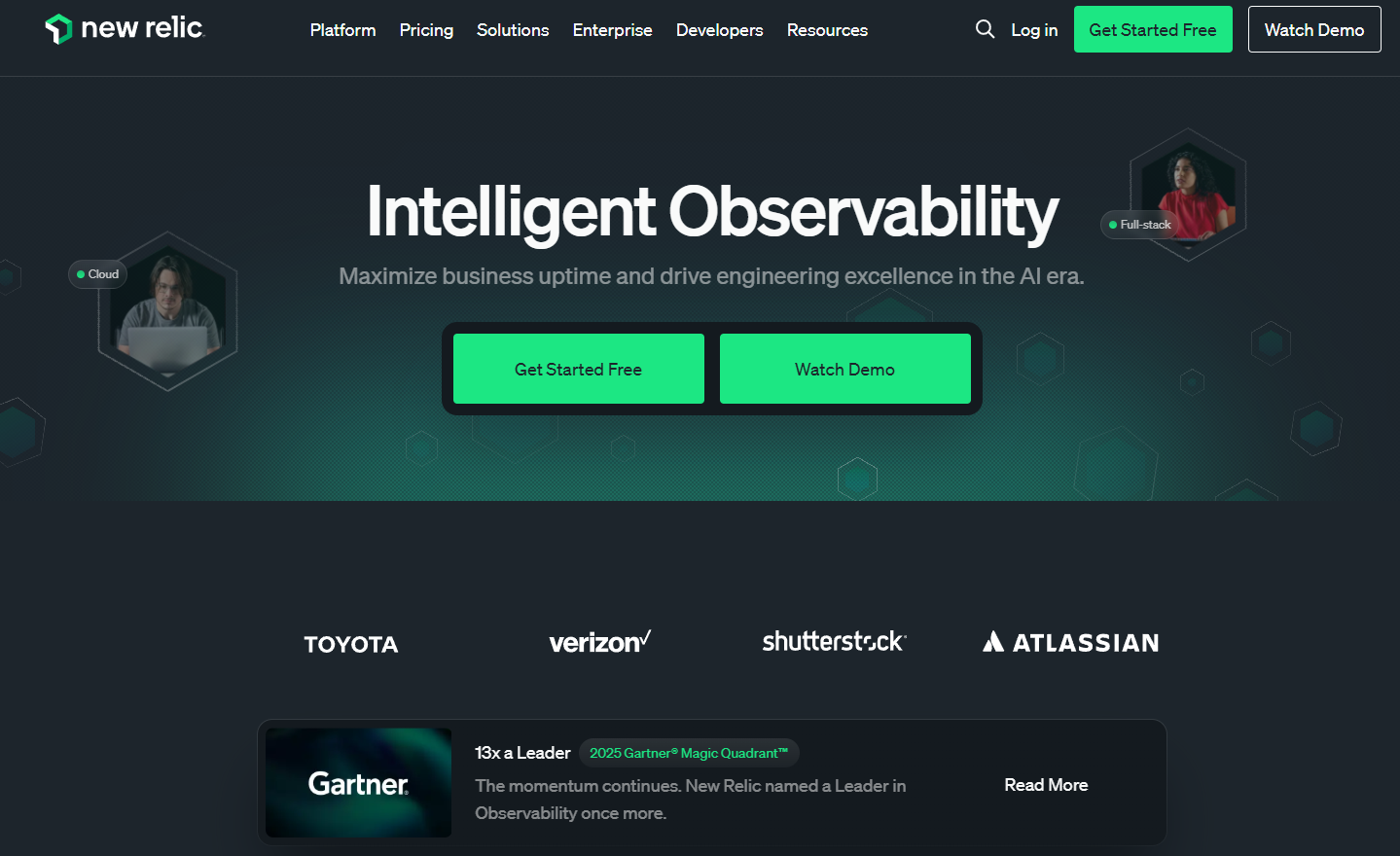
New Relic is widely used for application monitoring, and its synthetic monitoring module is a standout. Tightly integrated with New Relic’s observability platform, New Relic Synthetics provides scripted API and browser tests for proactive monitoring.
Key Features:
- Scripted API and browser automation.
- Detailed error diagnostics and performance insights.
- Integration with broader application monitoring.
Why it’s great:
- Monitor APIs, websites, and workflows.
- Integrates with New Relic’s APM for full-stack visibility.
- JavaScript scripting for custom tests.
Best for: Companies already using New Relic who want to extend into synthetic testing.
5. Catchpoint
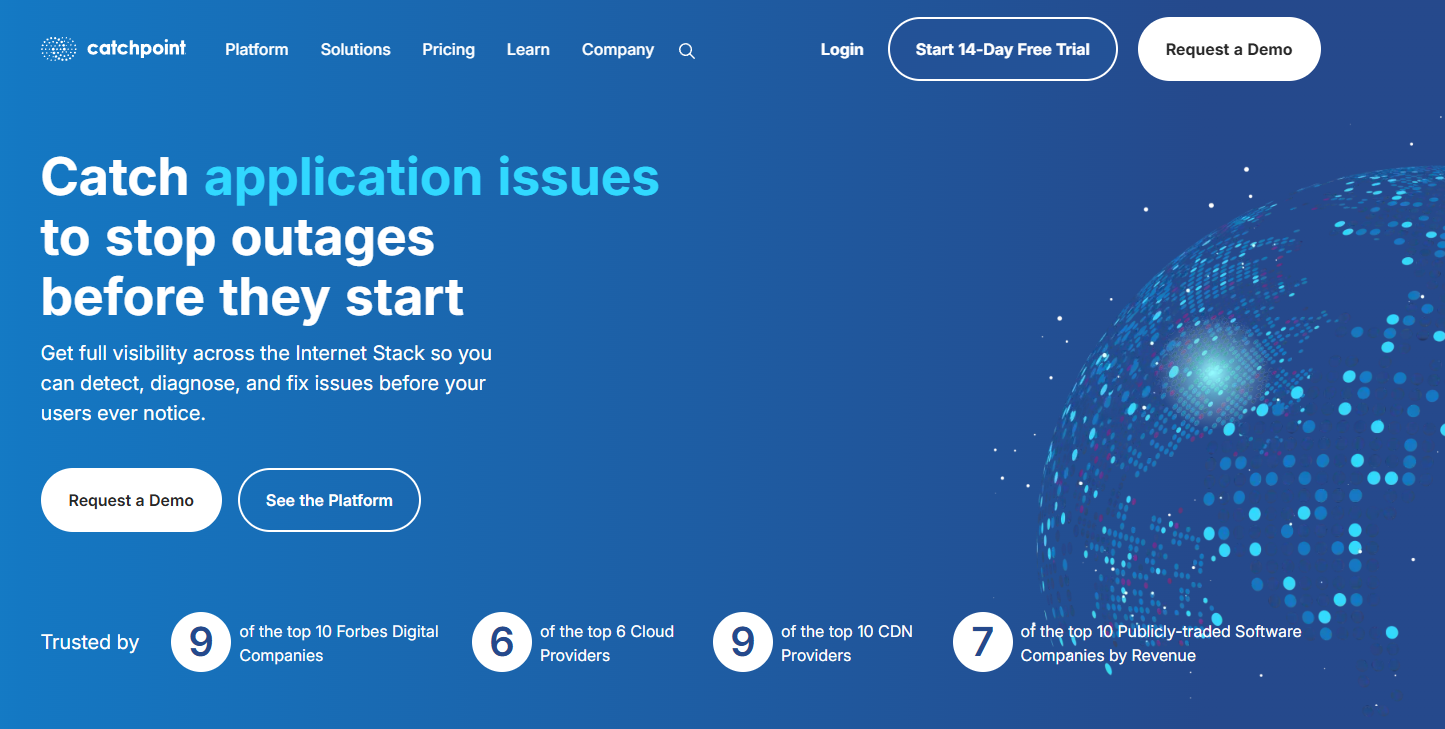
Catchpoint is a leader in the synthetic testing space, known for its global monitoring network. Catchpoint excels in synthetic monitoring across complex architectures, supporting extensive scripting and real user monitoring integration.
Key Features:
- Global nodes for extensive coverage.
- Real-time alerting and historical reporting.
- Web, API, DNS, and network synthetic tests.
Why it’s great:
- Tests from thousands of nodes worldwide.
- Real-time dashboards and SLA validation.
- Advanced root-cause analysis tools.
Best for: Large enterprises that need deep visibility and scalability.
6. Sauce Labs
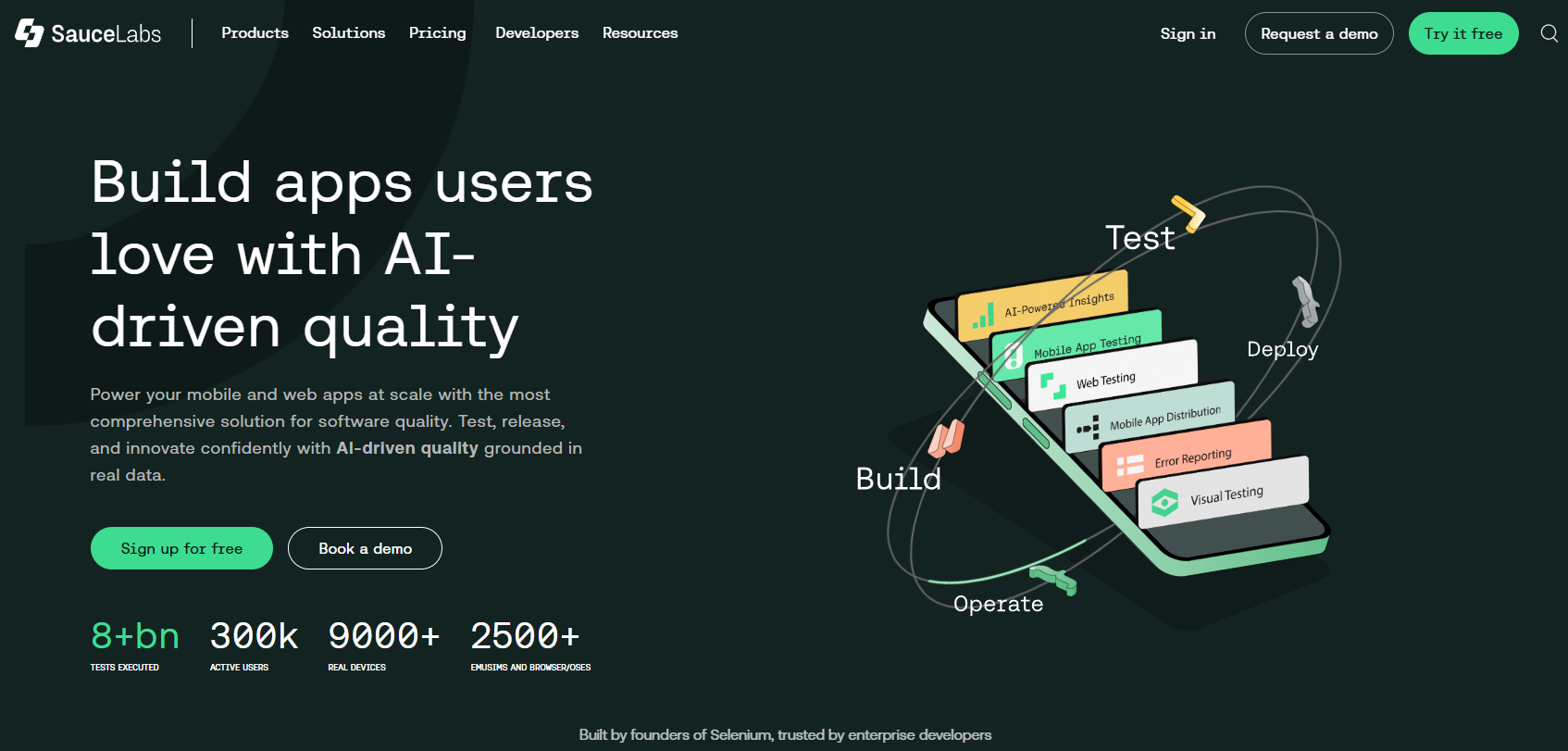
Best known for automated browser and app testing, Sauce Labs also offers synthetic monitoring to test and validate user journeys in real browsers.
Key Features:
- Cross-browser automated synthetic tests.
- Visual testing and analytics.
- CI/CD integration.
7. Dynatrace Synthetic Monitoring

Dynatrace brings AI-driven synthetic monitoring with a focus on full stack observability.
Known for AI-driven insights, Dynatrace includes powerful synthetic capabilities.
Key Features:
- Scripted and scriptless browser tests.
- API synthetic tests with validation steps.
- AI-powered anomaly detection.
Why it’s great:
- Simulates user journeys across web and mobile apps.
- AI-assisted root-cause detection.
- Strong integration with DevOps pipelines.
Best for: Teams that want synthetic testing embedded with AI intelligence.
8. Upkeep
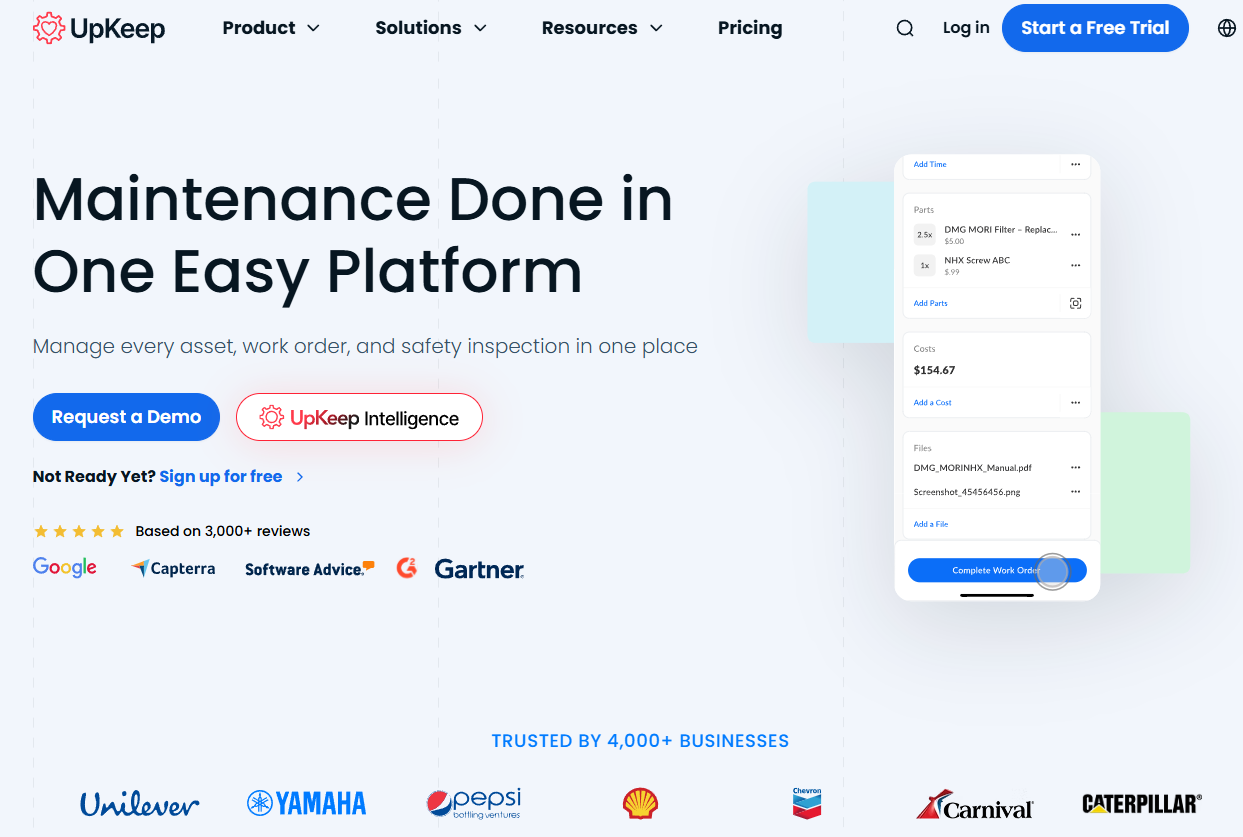
Upkeep focuses on synthetic testing for APIs specifically, blending performance, functional and security testing in a single platform.
Key Features:
- API sequence testing capabilities.
- Performance metrics and SLA tracking.
- Continuous testing support.
9. SmartBear AlertSite
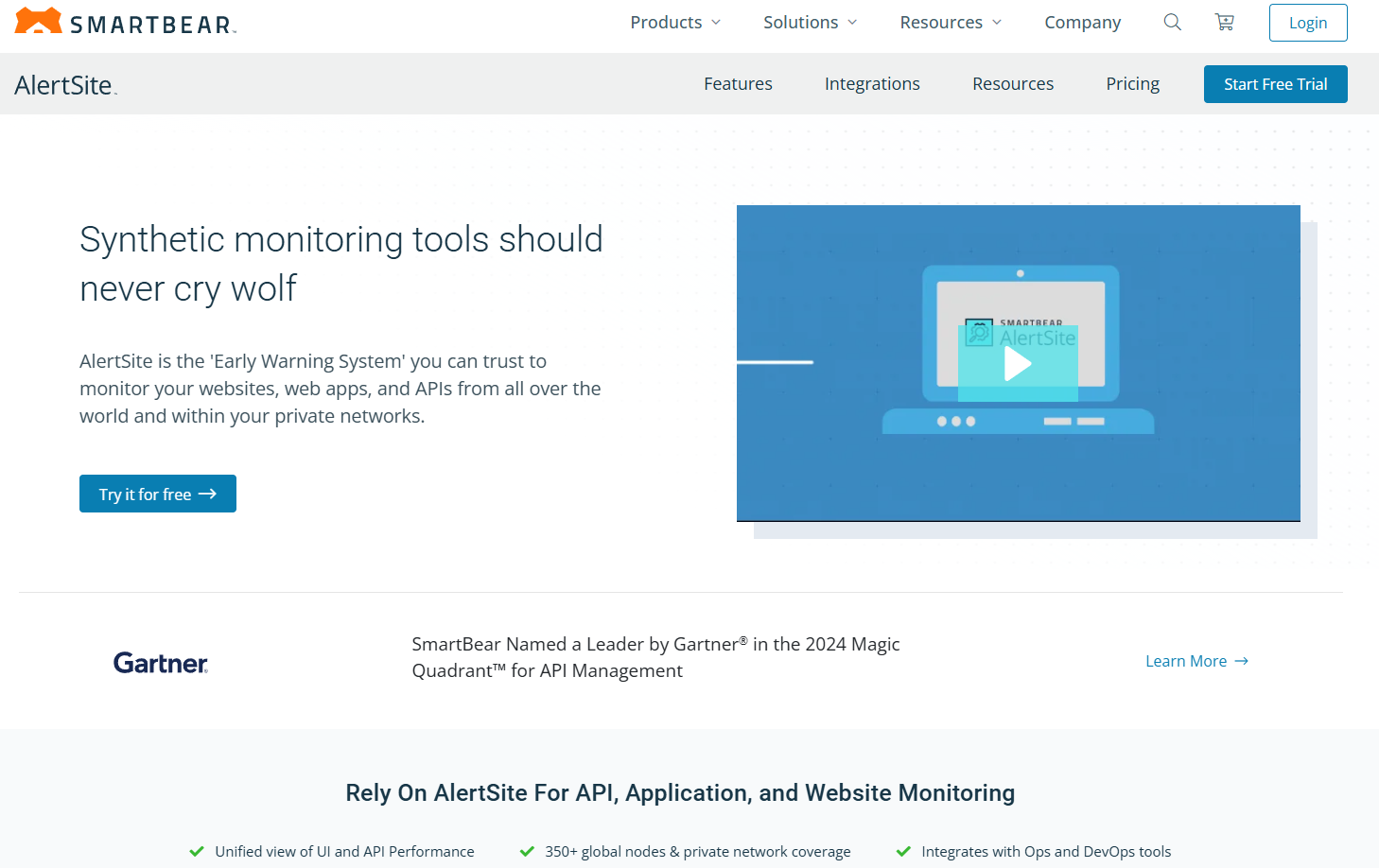
AlertSite by SmartBear provides synthetic monitoring primarily for APIs and web applications with broad CI/CD integrations.
Key Features:
- Transaction monitoring on desktop and mobile.
- Real-time analytics and alerting.
- Test maintenance with minimal scripting.
10. Site24x7
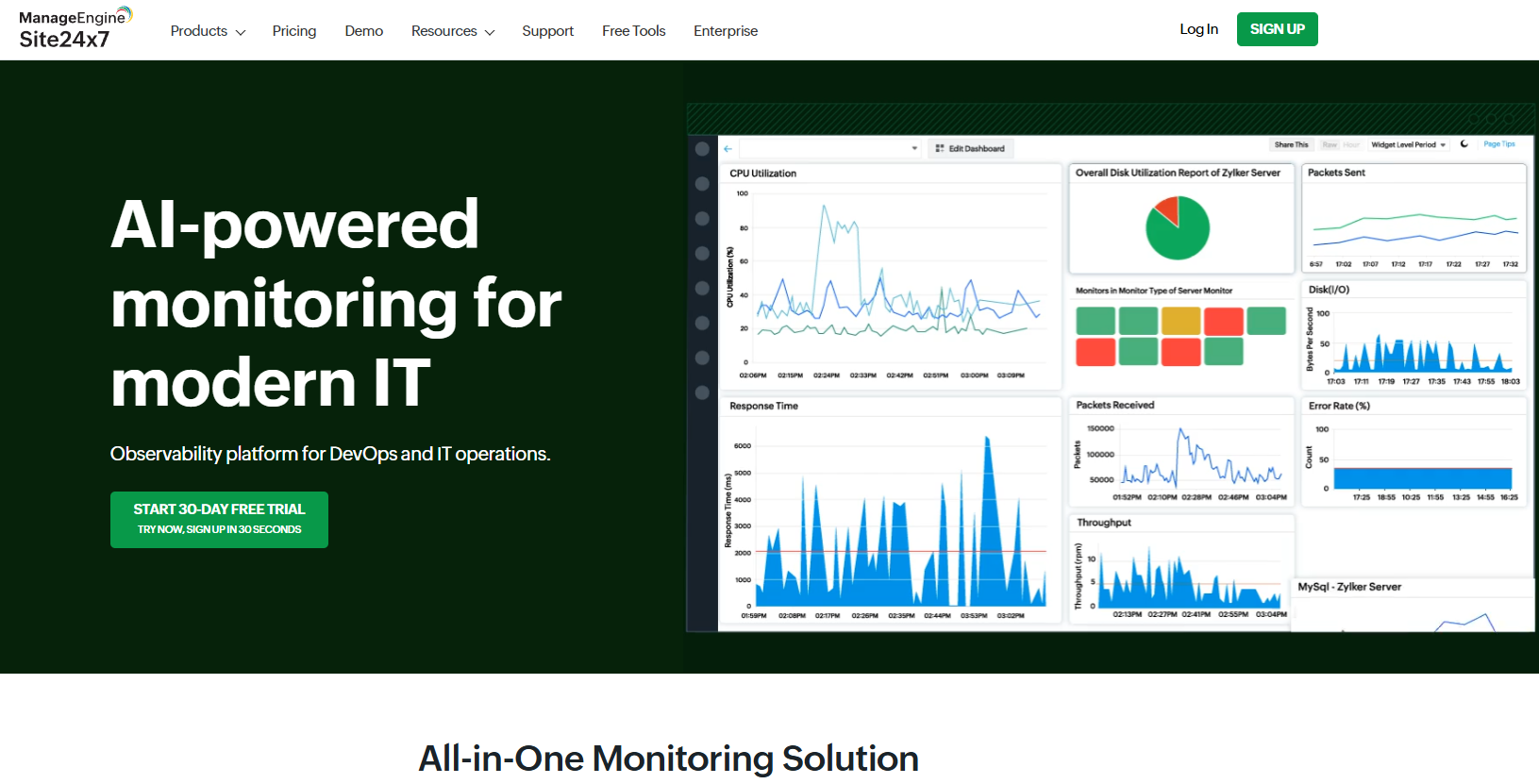
Site24x7 offers diverse synthetic monitoring options, including web pages, API endpoints, and mobile apps with analytics rich dashboards.
Key Features:
- Multi-location global checks.
- Root cause and performance analysis.
- Easy setup with predefined monitors.
Benefits of Synthetic Testing
By adopting synthetic testing, you can:
- Detect downtime instantly (before users complain).
- Ensure global performance consistency.
- Validate critical transactions like checkout or login.
- Strengthen SLAs with concrete performance data.
- Reduce customer churn by keeping experiences smooth.
Common Challenges and How to Overcome Them
- Over-alerting → Use thresholds to prevent false positives.
- Script maintenance → Keep tests updated as apps evolve.
- Tool overload → Combine a few strong tools (like Apidog + Catchpoint) instead of many.
- Balancing synthetic and real-user monitoring → Use both for the most accurate insights.
How to Choose Your Synthetic Testing Tool
When selecting a synthetic testing platform, prioritize:
- Test types supported (API, browser, mobile).
- Ease of scripting and test maintenance.
- Integration with CI/CD and observability tools.
- Global testing locations to mimic user bases.
- Real-time alerting and intelligent analytics.
- Collaboration features to promote team alignment.
For API-first environments, Apidog’s unified testing and monitoring API platform make the entire process easier and more productive.
Best Practices for Synthetic Testing in 2025
- Shift left → Start synthetic testing early in your CI/CD cycle.
- Combine API + user flow checks → Tools like Apidog and Pingdom make this easy.
- Monitor from multiple regions → Don’t just test locally test globally.
- Keep tests updated → Align synthetic scripts with every deployment.
- Pair with real-user monitoring (RUM) → Together, they give the complete picture.
A Closer Look: Apidog’s Role in Synthetic Testing
Apidog enhances your synthetic testing regime by enabling teams to:
- Design API test scenarios visually without writing complex scripts.
- Execute tests automatically on schedule or triggers.
- Share actionable reports and collaborate effortlessly.
By coupling Apidog’s capabilities with broader synthetic testing tools, you create a sound foundation for reliable and scalable software delivery.
Wrapping Up: The Future of Synthetic Testing is Now
Synthetic testing is a cornerstone of modern application reliability, optimizing user experience and reducing operational risk proactively. Synthetic testing is no longer optional it’s a must-have for delivering high-performing, reliable digital experiences. From API-first tools like Apidog to enterprise solutions like Dynatrace and Catchpoint, the choices are wide-ranging.
If you’re just starting out, I recommend using Apidog for API synthetic checks and pairing it with a broader synthetic monitoring solution like Pingdom or Catchpoint for global visibility. Together, these tools ensure your APIs and applications are always up, always fast, and always reliable.
With the top 10 synthetic testing tools including Apidog, Pingdom, and New Relic Synthetics, teams can achieve deeper insights faster and deliver high-quality software continuously.
